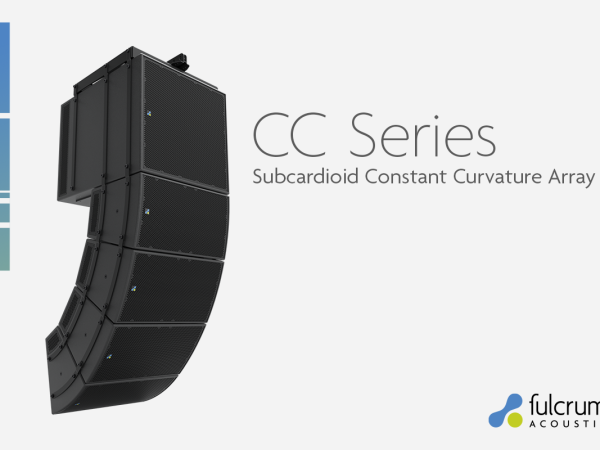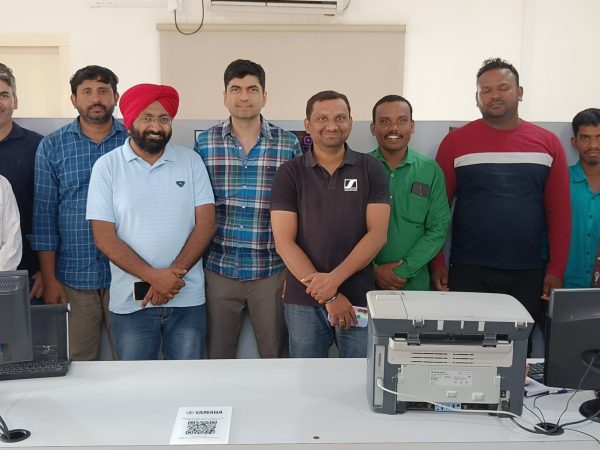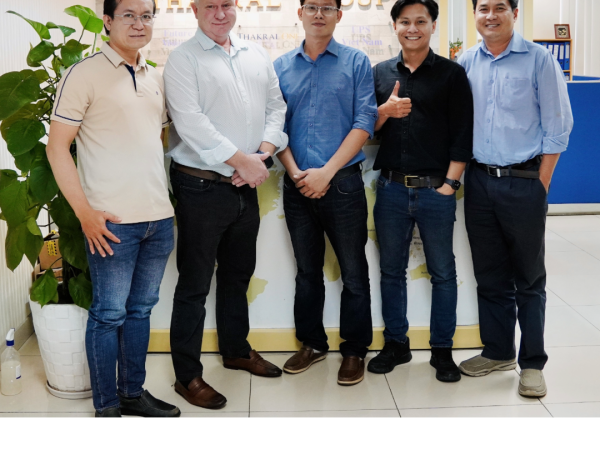Genius!2: David Gunness and Gunness Focusing #15
The original article in Pro Sound News Europe can be found here.
Light bulb moments aren’t always immediate. Sometimes the lightbulb goes off and it takes years for the idea to be realised. That’s the way it was with Gunness Focusing and Temporal Equalization, which are suites of tools and techniques for using FIR filters to improve the performance of loudspeakers.
Dave, though it took a while, what led up to your ‘breakthrough’?
In 1985, I was working on the HP family of horns at Electro-Voice, and I started to notice a pattern among the various HP prototypes and the HR family they were replacing. Some horns sounded more musical than others, and I was able to isolate the particular details that made the difference. Once I understood the causes of these “non-musical” artifacts, I hypothesised that those artifacts might be mitigated by using signal processing to cancel the associated reflections and resonances. So, I suppose that was the “A-ha!” moment. Unfortunately, the tools to test my theory didn’t exist at the time, and it would take nearly 20 years and a move to EAW before I had both developed the software to create the settings, and had a powerful enough DSP platform available to me to implement them.
Even then, while I knew I could improve the impulse response in technical terms, I really didn’t know how audible the effect would be. That first time we listened to a “focused” prototype was definitely the “Eureka!” moment. It was a very exciting time.
What was so ‘disruptive’ about your discovery?
Prior to that, DSP for loudspeakers had primarily been a convenient and precise way to implement minimum-phase filters that could have been created with analogue circuits (plus delay). The ability to create specialised non-minimum phase filters allowed us to eliminate the effect of non-minimum phase physical artifacts. As it turns out, those artifacts are quite audible.
What was the consequence of the breakthrough?
It radically changed the art of loudspeaker design for me, because it increased the range of designs that could be made to sound good. I’ve been experimenting ever since, using approaches that have practical advantages but would once have been classified as “bad ideas”.
Of course, I also gained some notoriety as a result of the “Gunness Focusing” branding EAW chose to use. That came in very handy when we launched Fulcrum Acoustic!
Related Posts

Fulcrum Acoustic Launches CC Series Constant Curvature Subcardioid Array System

Fulcrum Acoustic Expands International Distribution Network with Appointment of Audio Wizard in India


